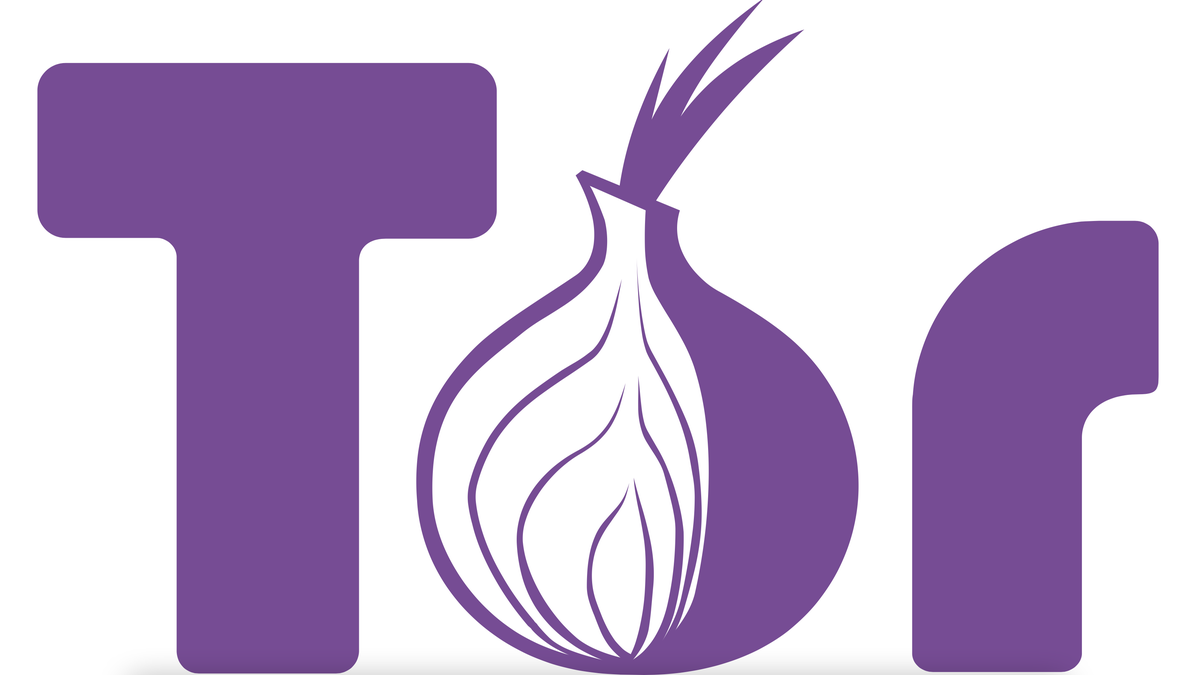
In 2014, the National Institute of Standards and Technology (NIST), recognizing the importance of protecting U.S. systems and data against cyberattack, issued its CyberSecurity Framework (CSF). The CSF is a set of cybersecurity best practices and recommendations, not a compliance mandate. The voluntary, flexible framework was created to make it easier for organizations in critical sectors to understand their cybersecurity risks and to take appropriate steps to improve their defenses and resilience. Initially, the CSF primarily targeted organizations involved in critical U.S. infrastructure, such as hospitals, utilities, and essential manufacturing sectors.
Core Functions of NIST CSF
The 2014 version of CSF was built around five core functions that together form a basis for overall cybersecurity risk management. These core functions were:
- Identify: Understand organizational risk by identifying critical assets, business environment, and supply chain. Prioritize efforts based on organization needs and mission.
- Protect: Safeguard assets from cyberattacks. Manage identities, protect and secure access to data, and train users.
- Detect: Continuously monitor for anomalies, intrusions, or compromised systems.
- Respond: Act promptly upon detecting a cybersecurity incident by implementing incident response planning, analysis, mitigation, and communication strategies.
- Recover: Restore operations and improve resilience through recovery planning.
NIST CSF 2.0: Key Changes
The CSF has become a widely-accepted cybersecurity framework assisting organizations globally in meeting their specific cybersecurity needs. To further improve the benefits of adopting CSF principles and functions, and to broaden its applicability, NIST has released CSF 2.0. This new version introduces a crucial sixth function, ‘Govern,’ to the original five, emphasizing the importance of governance and supply chain management in cybersecurity.
Wider Applicability
With the introduction of CSF 2.0, NIST has updated the framework’s core guidance and created a suite of resources to assist any organization, not just those in critical infrastructure, in meeting their cybersecurity goals and managing risk. Recognizing the universal nature of cybersecurity threats, the guidance is crafted to be applicable to both small and large organizations, regardless of their level of cybersecurity sophistication. To facilitate the implementation of the CSF, available resources include a CSF 2.0 Reference Tool and a searchable reference catalog.
A New Function: ‘Govern’
The new ‘Govern’ component of CSF 2.0 underscores cybersecurity as a significant enterprise risk, placing it alongside traditional concerns such as finance and reputation that senior leaders need to manage. This addition also recognizes cybersecurity as an organization-wide issue.
The ‘Govern’ function establishes the organization’s cybersecurity risk management strategy, expectations and policy. It ensures that the implementation of the cybersecurity strategy aligns with broader enterprise and supply chain risk management strategies, providing a comprehensive understanding of the organization’s cybersecurity posture. The ‘Govern’ function aligns cybersecurity efforts with the overall organizational mission and stakeholder expectations.
NIST CSF 2.0 and Pentesting
The new issue of the CSF encourages organizations to continuously improve their cybersecurity posture, advocating for activities like vulnerability assessments and pentesting. These practices provide ongoing risk visibility and opportunities for proactive improvements, aligning well with CSF functions.
- Identification of Vulnerabilities: Probing for and detecting vulnerabilities aligns with the CSF Identify function, highlighting risk exposure.
- Assessment of Controls: Attempting to bypass existing security controls aligns with the Protect function, evaluating safeguards against attack.
- Detection of Threats: Simulating an attack aligns with the Detect function, evaluating the organization’s ability to discover when an attack is in progress.
- Reports and Recommendations: Pentesting reports provide valuable insights to help the organization make informed decisions regarding risk treatment, aligning with the Respond and Recover functions. Senior management analysis of reports aligns with the “Govern” function’s focus on managing risk and establishing a cybersecurity governance structure.
- Continuous Testing: Pentesting is an ongoing process with results available to help continuously improve security posture, aligning with CSF’s aspect of continuing improvement.
Align with NIST CSF 2.0 with HackerOne Pentest
HackerOne facilitates your alignment with the updated NIST CSF 2.0, emphasizing key areas such as identity and access management, incident response, information protection, and proactive risk assessment. Our approach ensures:
- Identity and Access Management: Evaluating controls to ensure only authorized users can access your systems, effectively managing identities and permissions.
- Incident Response: Strengthening your capacity to quickly and effectively respond to and recover from security incidents, minimizing impact.
- Information Protection: Assessing processes and procedures to safeguard your data from unauthorized access, disclosure, alteration, and destruction.
- Framework Alignment: Our pentests meticulously validate your cybersecurity practices against NIST CSF 2.0, ensuring comprehensive alignment with its controls and best practices.
- Actionable Insights: Delivering clear, actionable recommendations for improving your cybersecurity posture in line with NIST CSF 2.0 requirements.
- Risk Assessment: HackerOne pentests provide thorough risk assessments, identifying vulnerabilities and weaknesses in your security posture. This proactive approach helps in understanding and mitigating risks, ensuring your organization is better prepared for potential threats.
To learn more about how to use pentesting to address NIST CSF 2.0 compliance, contact the experts at HackerOne today.




